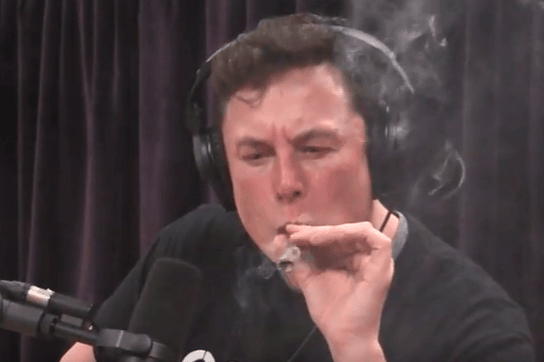Whitney Tilson’s latest email to colleagues
(Glenn Tongue and I co-authored this. I’m sending it out more broadly tomorrow, so if you see any errors in our analysis, please let me know. Thanks!)
My daily e-mail on May 6, Is Tesla desperate?; Taking a closer look at the deal, was dedicated entirely to Glenn’s trenchant analysis of the company’s convertible bond and stock offering. Glenn concluded that Tesla Inc. (NASDAQ:TSLA) raised much-needed capital but paid a heavy price.
The underwriters made a fortune, largely at the expense of the company, by taking advantage of Tesla’s dire situation (demand has collapsed and it’s hemorrhaging cash, as I’ve covered extensively in previous e-mails) and its woefully inexperienced 34-year-old CFO, Zach Kirkhorn, whose background includes Harvard Business School and McKinsey – what could be worse??? (As an alum of HBS and another elite consulting firm, Boston Consulting Group, I speak from experience!).
As bad as we thought the deal was for Tesla at the time, we now believe that it was even worse than we thought. The structure of the capital raise and the greed of the underwriters has likely exacerbated the plunge in Tesla’s stock since the offering three weeks ago.
As background, at that time the company issued $1.6 billion in convertible bonds and $750 million in stock, with a “green shoe” option to the underwriters to buy 15% more of each.
As part of the deal, the company also engaged in a hedging transaction with the underwriters that had two legs: 1) Tesla purchased a call struck at the conversion price of $309.83 per share for $413.8 million, which would have the effect of reducing the dilution from the offering if the convertible bonds are converted into stock in the future; and 2) Tesla received $151.7 million to sell a call option struck at $607.50 per share.
These two calls, when taken together, are called a call spread (long the $309.83 call and short the $607.50 call). It was packaged by the underwriters using the stock that Tesla issued along with the convertible bonds. They hedged their exposure by buying the stock heavily during the day or two after the deal priced, which no doubt contributed to its spike after the deal was announced (also contributing were Musk’s preposterous claims that Tesla would achieve Level 5 – no steering wheel necessary – autonomous driving by the end of this year and have a fleet of a million Tesla robotaxis within 15 months).
Banks and brokers make much more money buying and selling options than more traditional securities like converts and common stock, so we have no doubt that Tesla paid a huge price for the call spreads that were part of the financing (they love dealing with rookie CFOs). In fact, our guess is that the bankers probably made more money selling the call spreads to Tesla than they made underwriting the two securities. Therefore, it was no surprise to us to see them exercise the full green shoe, as this would maximize the amount of the call spread – and therefore their profits on it.
Ah, but that wasn’t enough for these greedy pigs…
As background: a major purpose of any green shoe is to provide extra stock so the underwriters can support the deal and stabilize the stock if necessary.
But that can present a dilemma for the bankers: what if they exercise the green shoe (i.e., buy the securities) and then get stuck with them if their value plunges?
There’s an easy solution, however – as long as the underwriters don’t care about their client’s stock and the investors to whom they just sold the deal: just exercise the green shoe soon after the deal and then quickly dump the securities.
Sure enough, that appears to be what happened. Even though the green shoe is a 30-day option, Tesla’s underwriters decided to exercise it early: the 8-k announcing it was filed a mere five days after the pricing, and we have little doubt that they quickly sold.
Thus, when the stock fell through the deal price and kept falling, and falling, and falling… the banks weren’t there to support it.
But wait, it gets worse!
The banks are the counterparty to the call spreads they sold Tesla. They don’t want any risk, so they hedge it by buying the stock (as noted above). But as the stock falls, they need fewer shares as a hedge, so they become sellers of the stock – which, of course, further contributes to its decline. The more it falls, the more they sell…
This is what happens when you have seasoned professionals from the biggest banks in the world on one side of the table, and a desperate company with a clueless CEO and CFO on the other side.
In Wall Street terms, they got their faces ripped off. And Tesla shareholders have paid a heavy price… and will continue to do so we confidently predict…
Best regards,
Whitney





